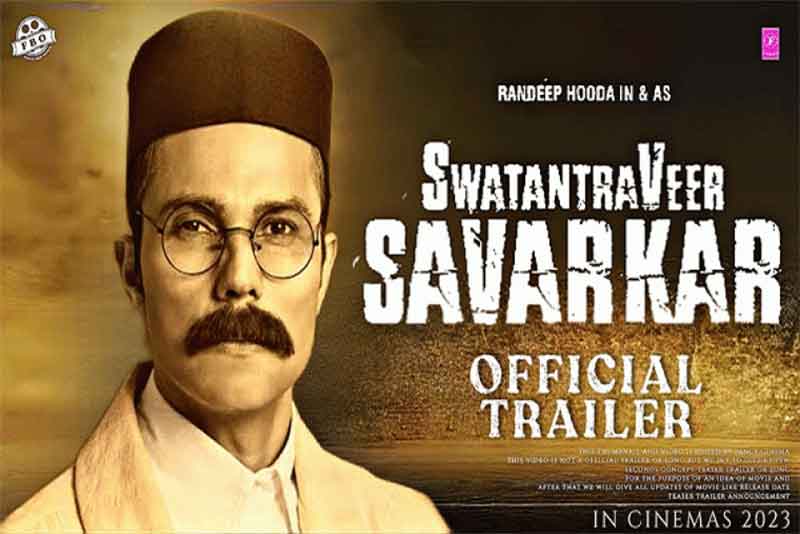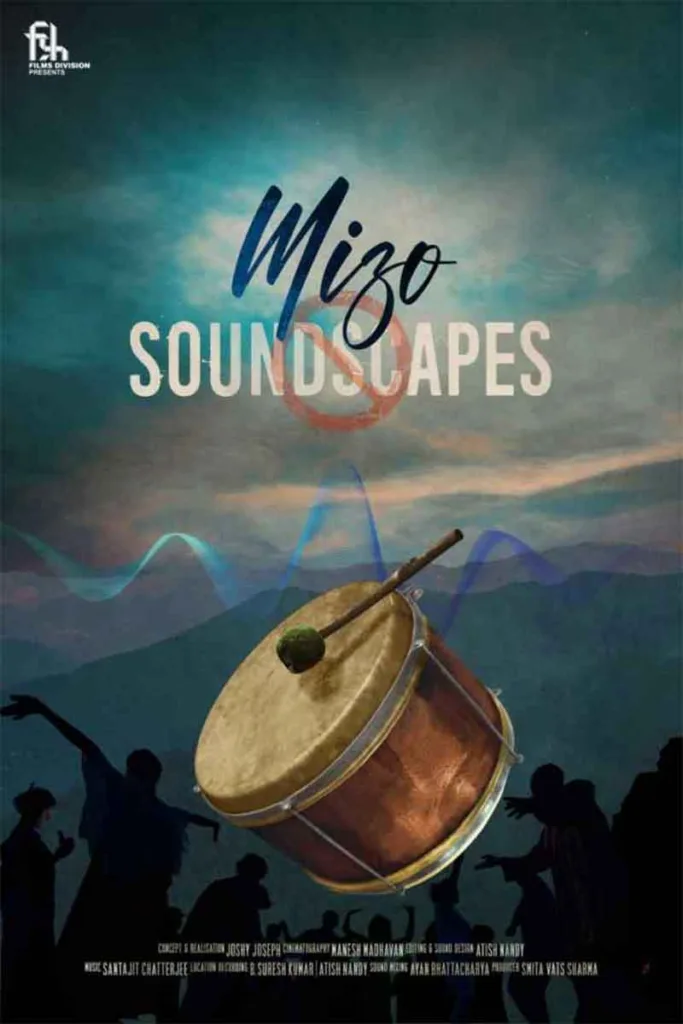
When I saw Umberto D. recently I was so complete engrossed in it that I completely forgot where I was for some time. What is it that makes a senior citizen in India today identify so completely with the elderly character of a film made in Italy and that too about seven decades back in 1952? I may be at a loss of words to answer this question very exactly, but what I can say definitely is that my involvement with Umberto, played brilliantly by a non-professional actor Carlo Battisti, was complete. I could feel the tension, the worry, the uncertainty very closely and intensely as he went from one stage of distress to a deeper one, and from one predicament to a more difficult one.
It is not without reason that it is said that truly great films are for all times. This can be said without risk of contradiction for at least four neo-realist films of the great Italian film-maker Vittorio De Sica, Umberto D. being one of them. There are certain factors which are common to all four. All are set in post-war Italy among the weaker sections whose life has been made more difficult by the disruption of livelihoods resulting from the war. All are in the great neo-realist tradition and had a wider impact beyond Italy. All are substantially shot on location and often use non-professional actors. All the four films have been hailed as among the greatest films ever made. Last but not the least, all the films have the unmistakable stamp of not just De Sica but also of Cesare Zavattini, that great screen-play writer whose contribution often extended beyond his specialized field.
In Umberto D. the the relationships which are generally considered to be not so crucial in life are explored with great feeling and sensitivity—for example the relationship between the old man and the maid and of course the never-to-be-forgotten relationship between Umberto and his dog Flike. The situations involving them are simple everyday situations, nothing very dramatic, yet these live an impact that lingers on, we keep remembering the situations.
Ingmar Bergman is said to have watched the film about a hundred times and considered it the greatest film he had seen. This film figured also in Time Magazine’s 100 all-time great films.
De Sica made his first film in 1940 and continued making films till he died in 1974, however his best work was done in the immediate post war years only, starting with Shoeshine in 1946. A story of ups and downs, mostly downs, in the life of two friends who are shoeshine boys in Rome, this Academy award winner film has some memorable scenes of juvenile homes. This film may have served as an inspiration for Raj Kapoor’s memorable film Boot Polish as well.
Despite the praise won by Shoeshine, De Sica could not find the money for his next film Bicycle Thieves (1948) and had to beg and borrow from friends. This turned out to be one of the greatest films of all times with unforgettable performances from unprofessional actors, particularly a factory worker Maggiorani playing the title role of Antonio and Enzo the adorable child actor playing the role of Antonio’s son Bruno. I have never been able to forget the feelings of the child Bruno as expressed with such great sensitivity by Enzo. The happenings around a rather simple incident of theft of a bicycle are portrayed in such a way that the viewer is very closely involved in the predicaments of the family which may suffer loss of complete loss of livelihood in difficult conditions if the stolen bicycle is not found.
Miracle in Milan ( 1951) , which won the Grand Prize at Cannes, is yet another never-to-be-forgotten film which follows the neo-realist tradition very firmly for a good part of the film , and then suddenly miracles start happening, and so involved is one in the grim tragedy of the people shown in the film that one feels like joining in the song and dance the miracle brings!
All this is truly great cinema, which inspired many great film-makers in several parts of world ( for example truly great film makers like Bimal Roy and Raj Kapoor in India). There are certain images from these films that simply refuse to go away from mind and heart—the sudden happiness on the face of long-suffering shanty-dwellers of Milan when the miracle comes, Bruno and Antonio sitting together in despair after all efforts appear to have failed, Bruno’s desperation in finding his father cornered badly, Umberto and Flike towards the end of the film —one just cannot forget these scenes.
De Sica continued making films, but I think he did not equal the greatness of these earlier four films again. A compulsive gambler who lived a double family live, he was dragged in later years into accepting projects to earn money which did not do justice to his real talents. But what he has given in these four great films is more than adequate for a lifetime of great achievements.
Bharat Dogra is a journalist and author. His recent books include When the Two Streams Met ( freedom movement) and Earth Without Borders.
GET COUNTERCURRENTS DAILY NEWSLETTER STRAIGHT TO YOUR INBOX

















































